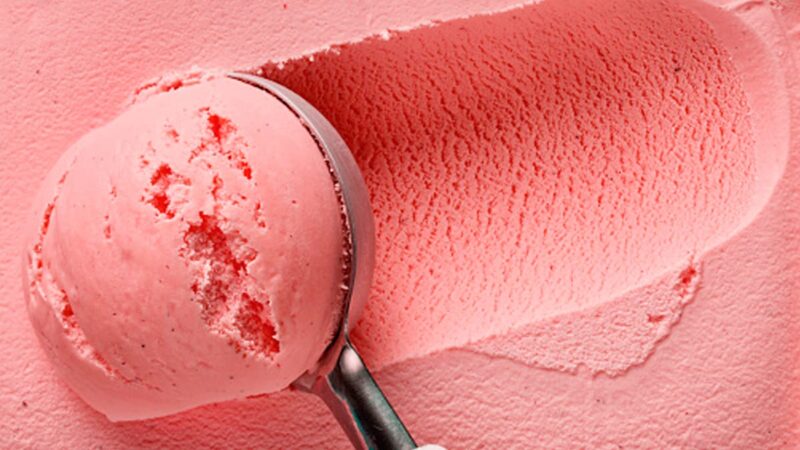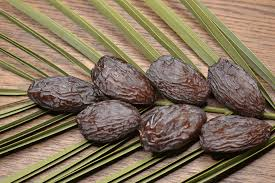Cheese curdsaren’t the same as regular cheese, and here’s why.

Cheese curds in Australia and Canada are a big hit mostly because of a wonderful dish called poutine. The dish and its main ingredients are sopopular and embedded into the Canadian culture that even important state guests are served with poutine. Well, I hope that shows the magnality of the dish. So, now the question is why is this whole nation a fan of cheese curds, when the rest of the other world is fan of regular cheese?
The answer is because its different to any other kind of cheese out there, and also because it’s delicious.
They are not like regular cheese.
Cheese curds are actually not cheese per se. If they were ages, followed the regular aging process that is used in making cheese, they would thenbecome a type of cheddar cheese. However, this is not done and hence they are the precursors to cheese. We don’t know what was happening at the moment when the first humans separated curds from the whey during the cheese making process and sliced them up to eat fresh – then and there. However, we do know now that they did an amazing job and provided us with some delicious curds.
They squeak.
They are also different because they squeak. Yes, you heard that right. Cheese curds, when fresh contain air trapped inside it, which when chewed lets out a little squeak. However, within 12 hours, and a lack of advanced refrigeration techniques like individual quick freezing (IQF), they lose their squeakiness and start providing a rubbery texture. It is for that reason that in the past, cheese curds were not usually found in the grocery stores.Without IQF – the shelf life of cheese curds is around 21 days maximum but ideally, they should be eaten within 12 hours of making.
Want to eat them raw? That depends.
Another reason they are different is that you can only eat them ‘raw’, depending on how they are made. Cheese curds that are made by going through the pasteurisation process are edible. However, if you are unsure if they are pasteurised or not, it’s best to eat them after cooking. Originally, cheese curds were made out of unpasteurised milk and hence there were restrictions on eating them in some countries. These days, the same conditions apply. If you would like to eat them raw, ensure that the cheese curds you want to enjoy raw have gone through pasteurisation.
Some cheeses are similar, but never the same.
They also havea substitute. That is if you are really desperate to eat something similar. Take no offence but there is no actual substitute to cheese curds, but mozzarella cheese is the closet substitute for it if you are creating any dish. There are many who love poutine and in case they don’t have access to cheese curds, mozzarella is their first choice as a substitute.
They are the reminders of the good old dairy farm days. They are found in abundance in localities around dairy farms. Since they are supposed to be eaten within some hours of making in the past, they were originally only available only in towns near dairy farms.
And there are many ways to eat them. Not just poutine. Though this particular breed of infant cheese is popular for poutine in North American and Australia alike.
If you are interested in using cheese curds in your eating establishment then you can order fresh cheese curds from Pure Dairy by getting in touch with them.They will get back to you with all the information. It will be the best addition to your menu







